International Collaboration: Unveiling the World's Geological Treasures for the Deep-time Digital Earth
From June 10 to August 29, 2023, owing to the joint efforts from the Deep-time Digital Earth (DDE) International Big Science Program and Chengdu University of Technology, Dr. Hanting Zhong and Dr. Xia Wang from the Digital Outcrop Group, along with three postgraduate students have successfully concluded the tasks of multivariate information collection on classic geological outcrops and academic exchanges in nine countries, including Germany, France, Italy, Croatia, Spain, etc., yielding enthusiastic responses from the international community. (Fig. 1).
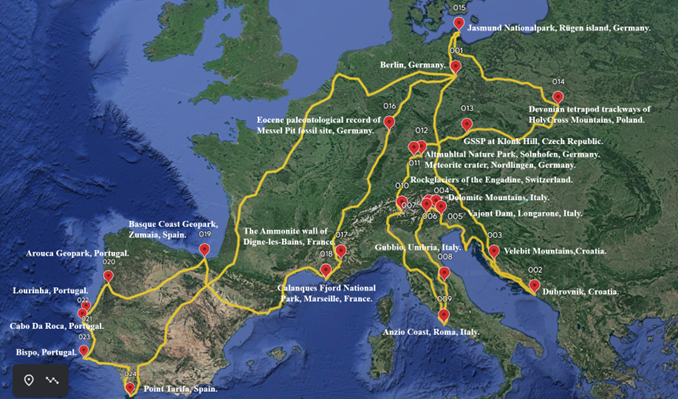
Fig. 1 Route map for digital acquisition of geological outcrops in Europe
The information collection is crucial to DDE's global digital geologic outcrop construction program. This program covers 24 classic geological outcrops in nine countries throughout Europe (as listed in Table 1). These outcrops include UNESCO World Geoparks, The First 100 Geological Heritage Sites recognized by the International Union of Geological Sciences (IUGS), and the routes taken during the International Association of Sedimentologists (IAS) conferences. Presently, 16 outcrop models are accessible on the DDE-Outcrop3D platform (as displayed in Fig. 2), with 8 additional models currently under construction.
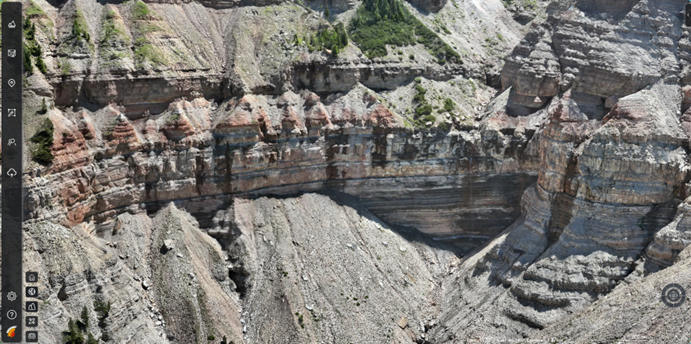
Fig. 2 3D model of the Bletterbach Geopark
Table 1 Summary of digital acquisitions of geological outcrops in Europe
|
NO. |
Name |
Location |
|
1 |
Lower Jurassic section of Velebit Mt. |
Velebit Mt., Gospic, Croatia |
|
2 |
Carnian Pluvial Event Section of Dolomites Mt. |
Dolomites Mt., Veneto, Italy |
|
3 |
P-T Boundary Section of Dolomites |
Dolomites Mt., Veneto, Italy |
|
4 |
Landslide of Vajont Dam |
Longarone, Veneto, Italy |
|
5 |
Landslide Surface of Vajont Dam |
Longarone, Veneto, Italy |
|
6 |
Vajont Dam |
Longarone, Veneto, Italy |
|
7 |
Bletterbach Geopark |
Bletterbach Geopark, Trento, Italy |
|
8 |
Siusi Section |
Siusi Section, Trento, Italy |
|
9 |
Cretaceous to Paleogene Stratigraphic Section |
Gubbio, Umbria, Italy |
|
10 |
Sulphur Fountain |
Anzio, Lazio, Italy |
|
11 |
Coastal Sedimentary Section |
Anzio, Lazio, Italy |
|
12 |
Rockglaciers of the Engadine |
Silvaplana-Surlej, Engadine, Switzerland |
|
13 |
Lacustrine Carbonates in Nördlingen |
Nördlingen, Bavaria, Germany |
|
14 |
Bio-Reef Outcrop |
Nördlingen, Bavaria, Germany |
|
15 |
Altmühltal Nature Park |
Solnhofen, Bavaria, Germany |
|
16 |
GSSP for the Silurian-Devonian Boundary |
Klonk Hill, Suchomasty, Czech Republic |
|
17 |
Devonian Tetrapod Trackways |
Holy Cross Mountains, Kielce, Poland |
|
18 |
White Cliffs of Jasmund National Park |
Rügen, Sassnitz, Germany. |
|
19 |
The Ammonite Slab of Digne Les Bains |
Digne Les Bains, Haute Provence, France |
|
20 |
Section of Digne Les Bains |
Digne Les Bains, Haute Provence, France |
|
21 |
Flysch Section of Paleogene |
Zumaia, Basque Coast Geopark, Spain |
|
22 |
Cretaceous-Paleogene Stratigraphic Section |
Zumaia, Basque Coast Geopark, Spain |
|
23 |
Late Jurassic Stratigraphic Section |
Lourinhã, Lisboa, Portugal |
|
24 |
Carboniferous-Triassic Unconformity in Telheiro |
Bispo, Algarve, Portugal |
The Digital Outcrop Collection Team's fieldwork mainly consists of 3D modeling photography of outcrops, panoramic photography, and video recording of subject experts' explanations. In total, more than 45,000 3D modeling photographs taken by drone, 4,200 panoramic photographs, and 700 videos of international experts' explanations and outcrop displays were collected, reaching an aggregate quantity of 1,600 GB. Being highly visible, the collected information will drastically enrich the database of geologic outcrops in DDE and other databases designed for education, scientific research, and popularization purposes, as well as providing precious resources to geoscientific research (Fig. 3 and Fig. 4).
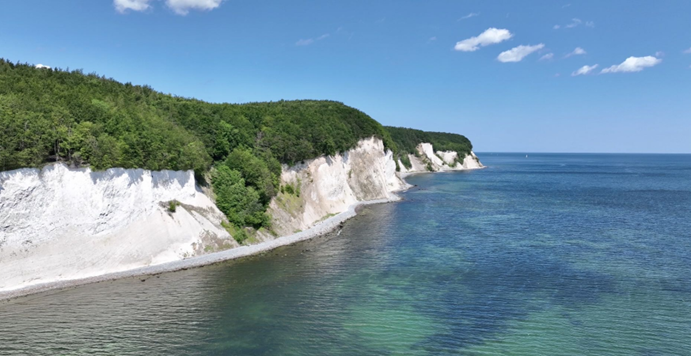
Fig. 3 White Cliffs of Jasmund National Park
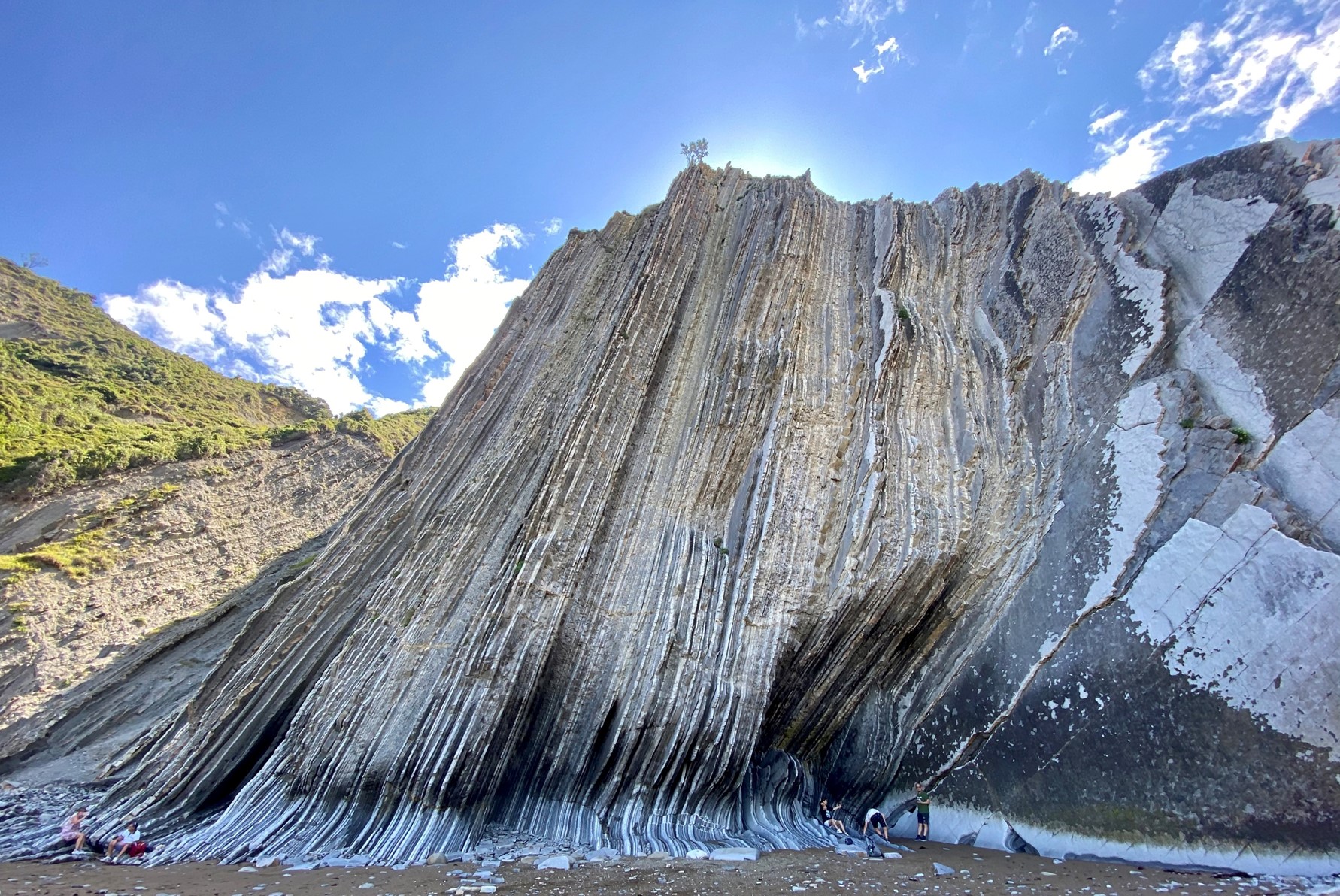
Fig. 4 Cretaceous-Paleogene Stratigraphic Section
A group of 27 experts and young volunteers from 15 prestigious universities and research institutes, such as the University of Hamburg, the University of Potsdam, the University of Perugia, and the University of Modena-Reggio Emilia, took part in this project. The team was joined by internationally renowned figures in the academic field, including Prof. Maria Mutti (President of AAPG Europe, former President of SEPM, former Vice-President of IAS) and Prof. Mauro Soldati (President of AIGeo, former President of IAG), all of whom have praised the work and expressed interest in future collaborations (refer to Figures 5, 6 and 7).
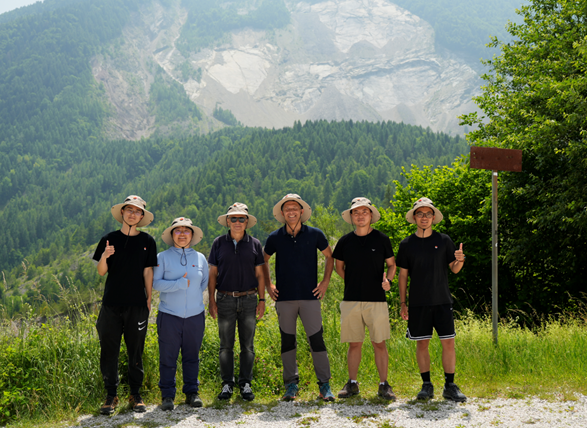
Fig. 5 Landslide of Vajont Dam digitized collection
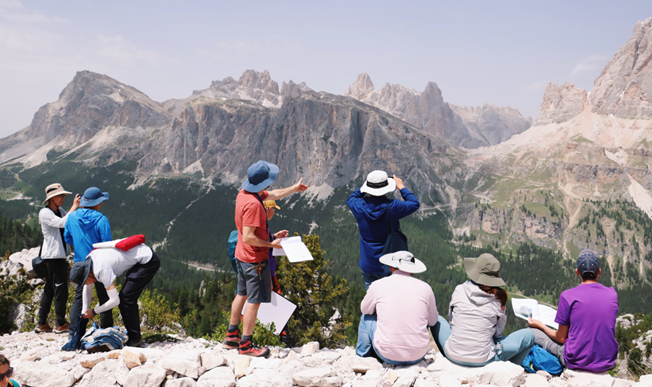
Fig. 6 Geological Expedition to the Dolomites
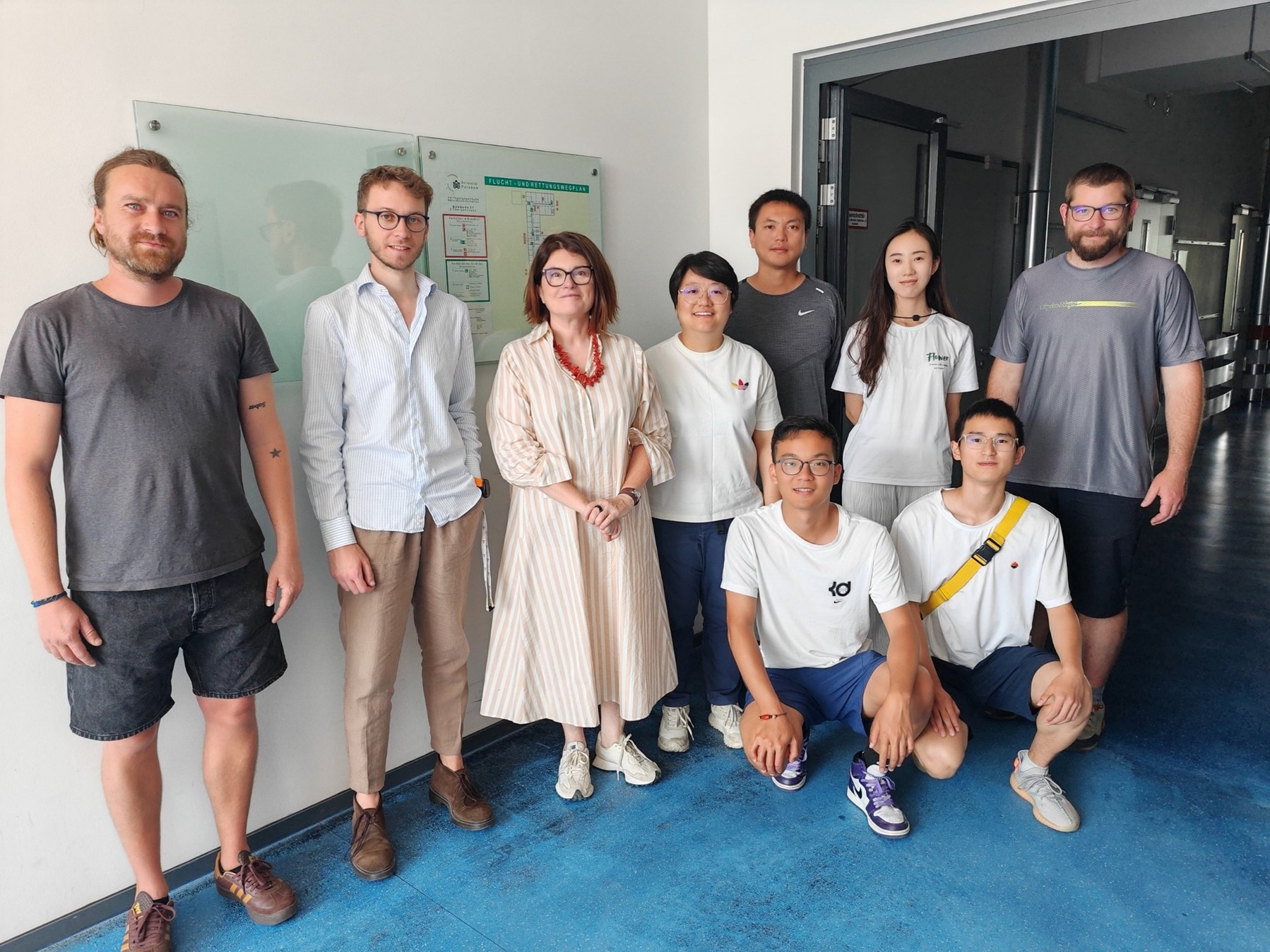
Fig. 7 Discussion of digital outcrops at the University of Potsdam
From July to August, the technical team of the digital geological outcrop platform, DDE-Outcrop3D, made significant improvements in the platform. The team completed the top-level reconstruction of the outcrop models, allowing 112 models to load within 3-4 seconds. In addition, they also reconstructed the model retrieval page (as shown in Figure 8), connected platform users to the DDE Unified User System, and updated the logging system to version 2.0.
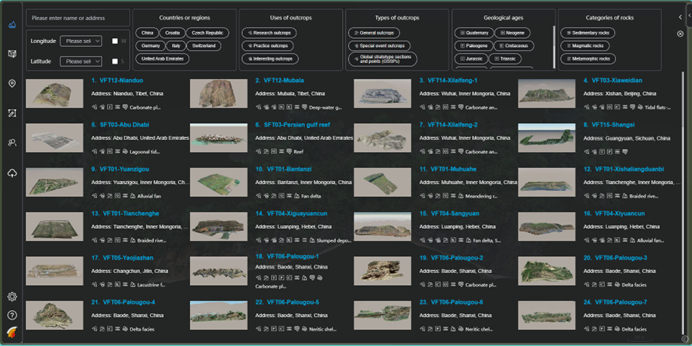
Fig. 8 Platform search page
In the future, the digital outcrop team will continue to promote international cooperation in the construction of digital geological outcrops with the support of the DDE Geology Education Group and Chengdu University of Technology. It is planned to travel to the African country of Namibia, on September 23, 2023, to participate in the 29th Colloquium of African Geology, and to carry out the digital collection tasks of Namibia's classic geological outcrops after the conference.
